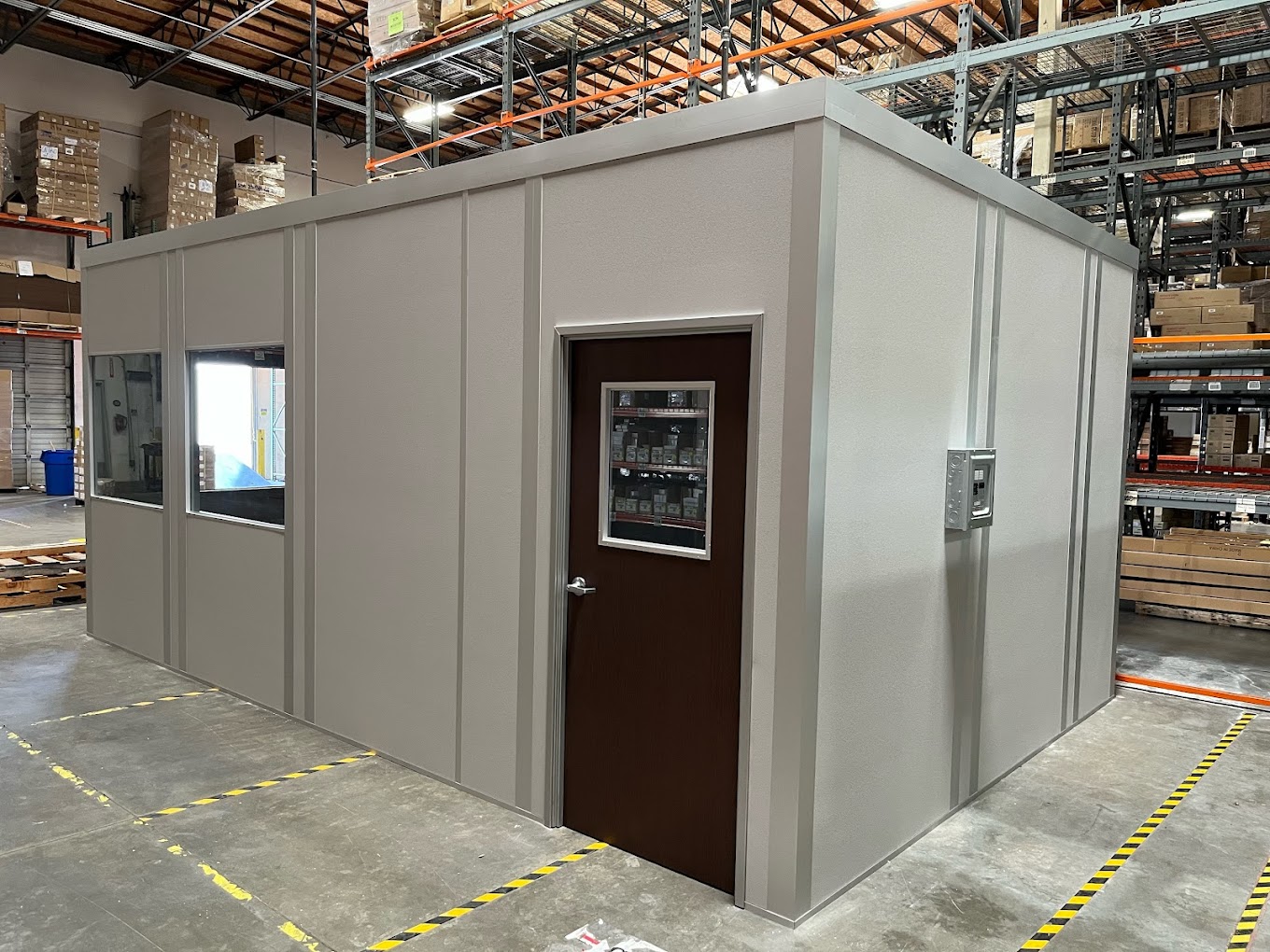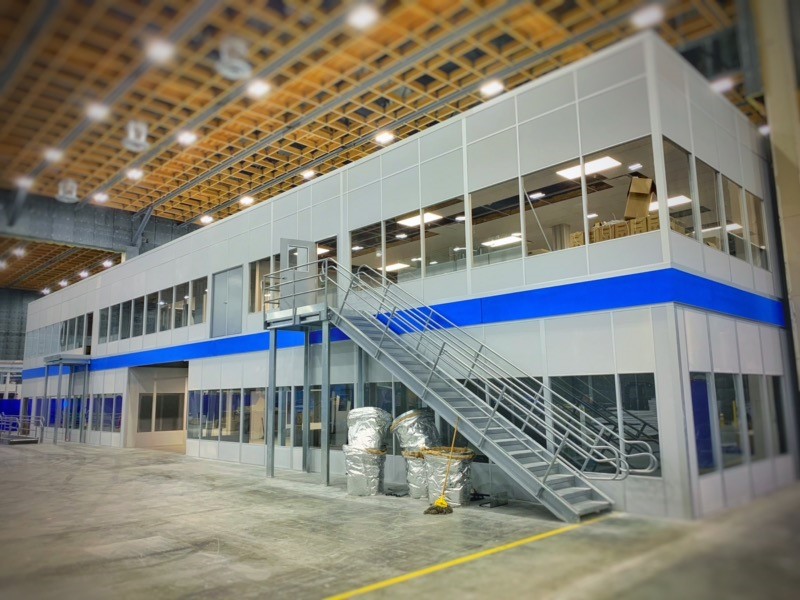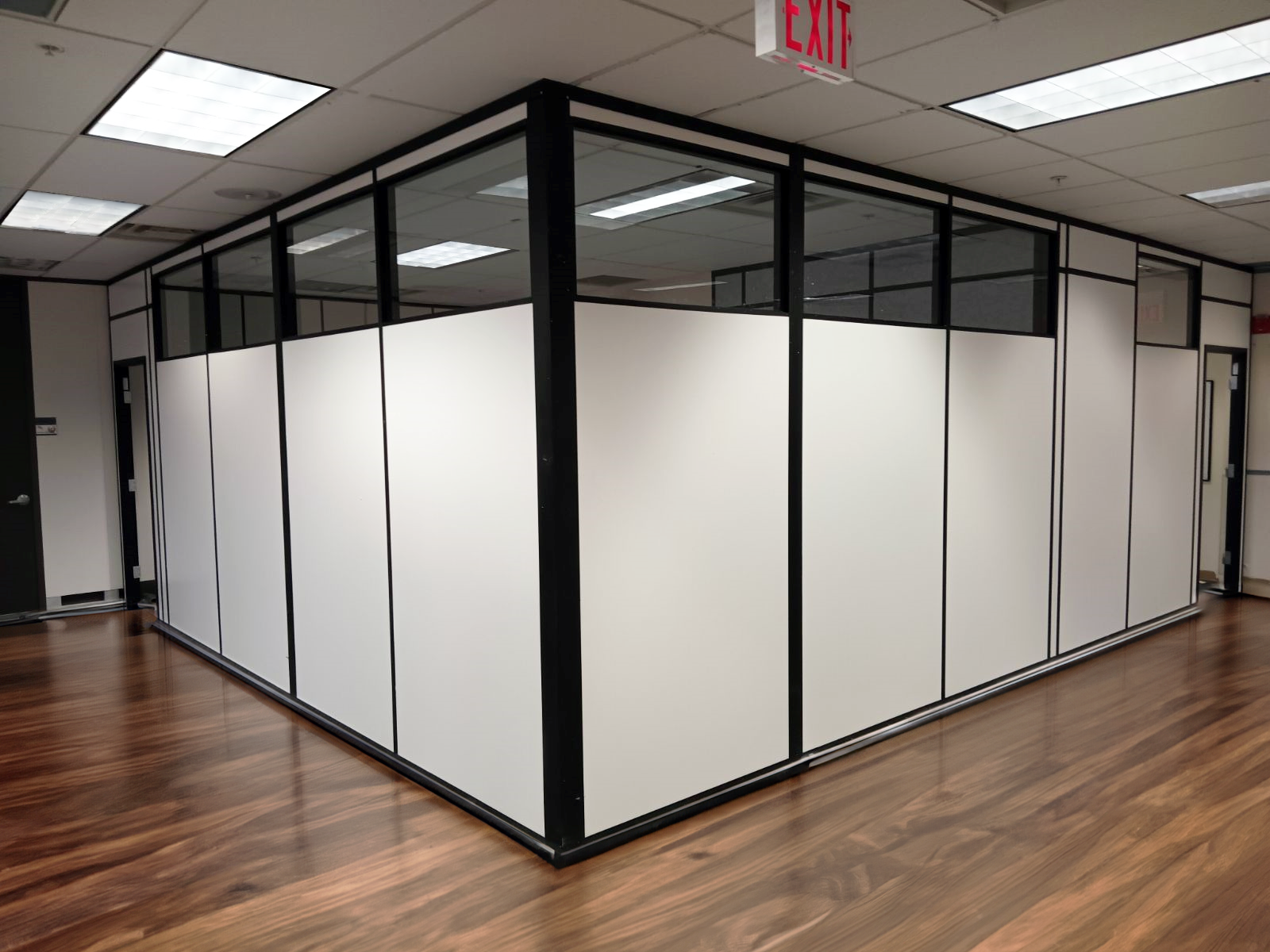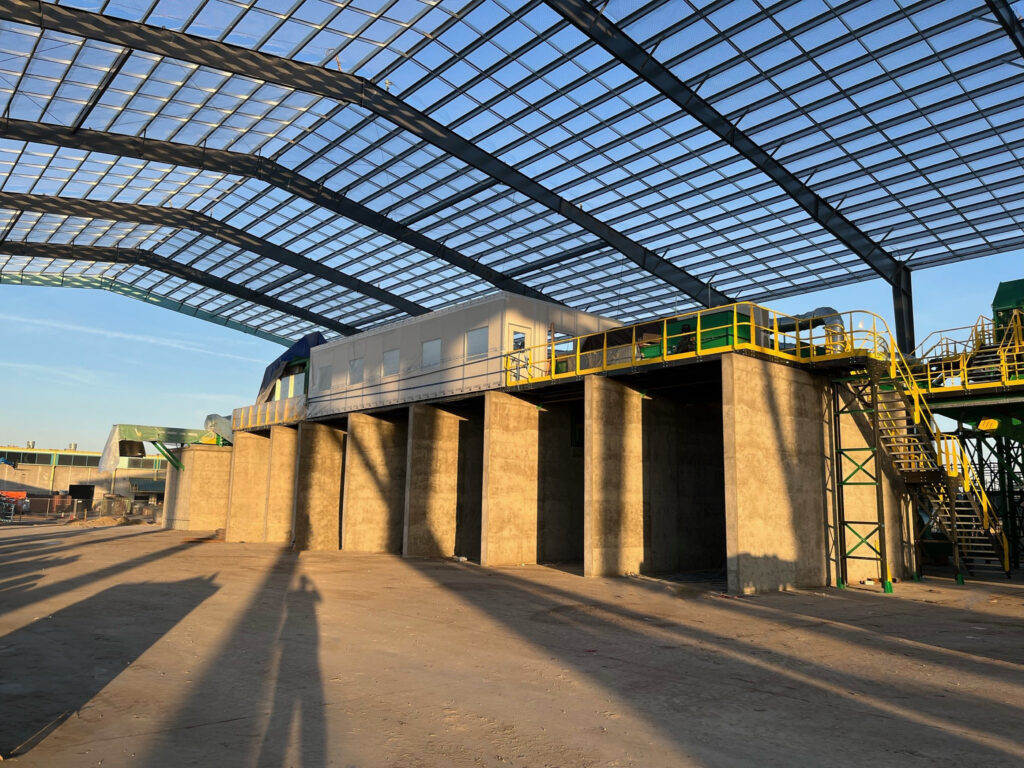While exploring modern construction methods, you might come across the terms “prefab” and “modular.” Though these terms are sometimes used interchangeably, they are not exactly the same, as we’ll see below. Though it can be confusing, understanding the differences and similarities between prefab and modular construction can help you make informed decisions about building your next project. In this article, we’ll define what each term means, and explain their similarities as well as their differences.
What is Prefab Construction?
“Prefab” is short for prefabricated construction. It involves manufacturing parts of a building within a controlled environment, such as a factory, and then transporting these parts to the construction site for assembly. It is a general term that encompasses many different construction methods, including panelized construction, modular construction, and hybrid construction (which combines elements of both panelized and modular methods).
What is Modular Construction?
Modular construction is a type of prefab construction, where entire modules (complete sections of a building, such as a room or an office unit) are built in a factory or other controlled environment. Such modules are then transported to the construction site and assembled into the final structure. The important part to remember here is that modular construction involves fully enclosed units, rather than simply panels or other prefabricated parts. They are often “turnkey” structures, which means that you can use them as soon as they are delivered.
What are the Differences Between Prefab and Modular Construction?
In short, prefab construction encompasses a wider variety of methods, such as panelized and pre-cut construction. Modular construction is a subset or specific type of prefab construction, which involves building entire enclosed sections within a factory.
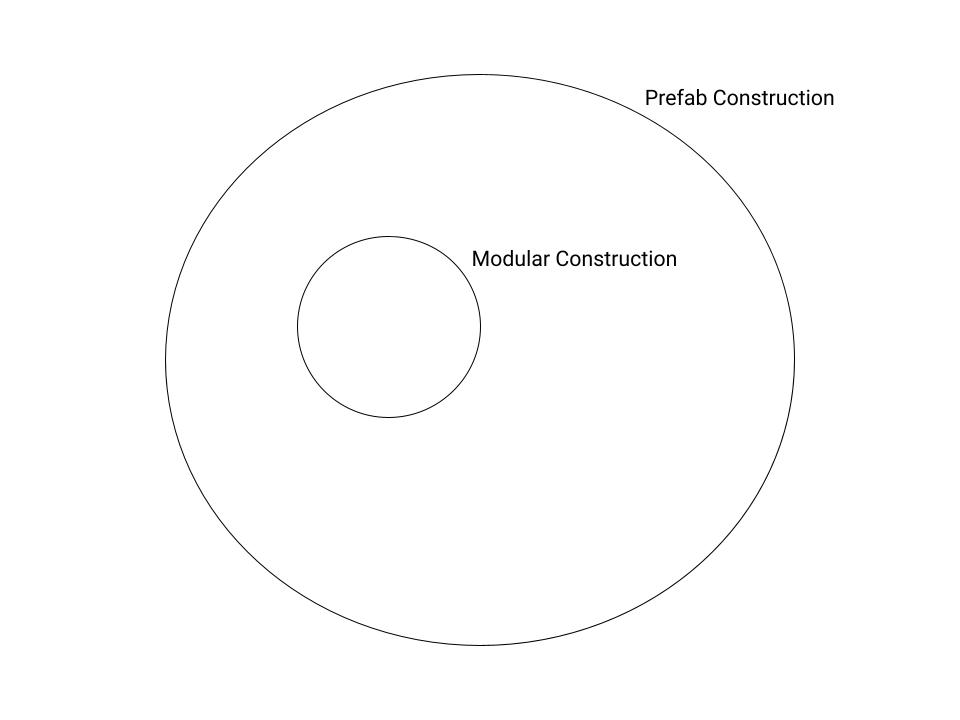
Prefab parts are often assembled on-site, whereas modular construction uses pre-built modules.
Further, modular construction typically offers more flexibility in customization and expansion.
Both methods can be cost-effective, but the best choice depends on the project’s specifics. Modular construction is generally faster because on-site work is minimal.
What are the Similarities Between Prefab and Modular Construction?
Both prefab and modular construction manufacture parts in a controlled environment or factory. As a result, the parts are generally higher quality than those built on-site, and it is easier to meet building codes. They are both environmental construction methods that significantly reduce waste. Additionally, both methods are faster than traditional construction, as well as more adaptable.
If you’re considering modular construction for your next project, get a free quote from us at Allied Modular to see how our innovative solutions can meet your needs.
Is Prefab the Same as Modular? The Bottom Line
Modular construction is a subset or type of prefab construction. Prefabricated construction may involve many different kinds of construction methods, such as modular construction, panelized construction, hybrid construction, and more. Modular construction, on the other hand, involves creating entire ‘modules’ or enclosed units and delivering them to a site.
Both construction methods offer innovative alternatives to traditional construction. By understanding these methods, you can make a more informed decision that aligns with your budget, timeline, and design needs.
